We compiled all of our tips and tricks for boating on a budget after traveling 10,000 miles on our boat, PIVOT. Most of this journey was on America’s Great Loop, but any of these 15 tips will help you manage your budget while boating. As a young couple on a budget with a goal of doing America’s Great Loop, keeping expenses low was a top priority. We discuss how we were able to reduce our costs, save money, and take the trip of a lifetime while boating on a budget.
Note: We use affiliate links which provide us a little kickback each time you use one of our links and make a purchase, without any additional cost to you. We do not recommend products that we don’t already love or have heard great things about, so you can trust we’re only suggesting great products to you.
1. Prioritize Buying a Smaller Boat
Depending upon what stage you are in for your Great Loop planning, it may or may not be possible to purchase a smaller boat. Since the average size boat making the Great Loop is between 40-41 feet, aiming for a smaller boat will allow you to reduce your costs when visiting marinas and boat storage. Some smaller boats include trailerable trawlers, smaller trawlers (32-38 feet), or sailboats. When we were boat shopping, trailerable trawlers were more expensive than trawlers, so it was more economical for us to buy a slightly bigger boat (34 Marine Trader) over a pocket trawler (Ranger Tug, Albin, Rosborough, or C-Dory). Buy the size of the boat to meet your needs.
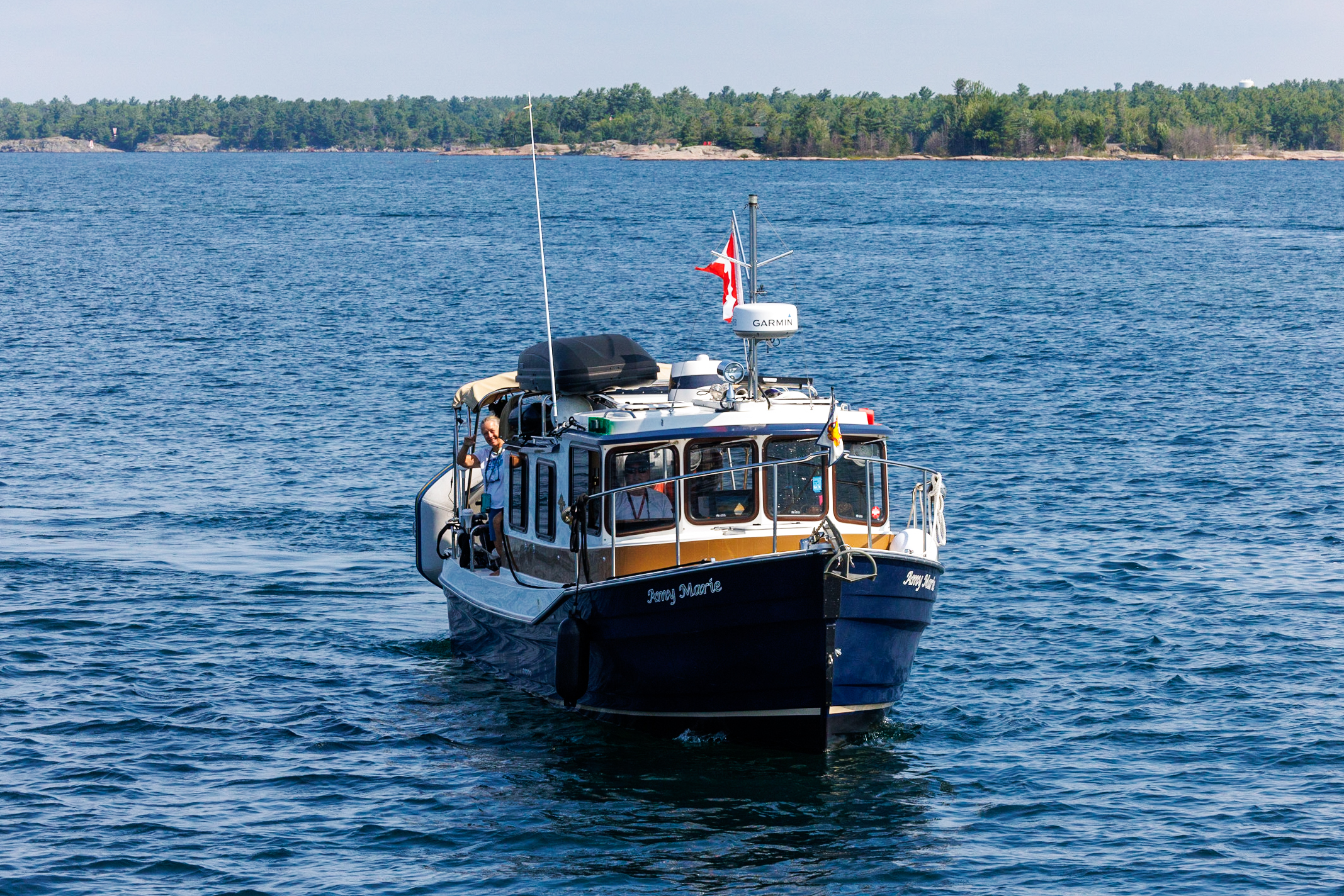
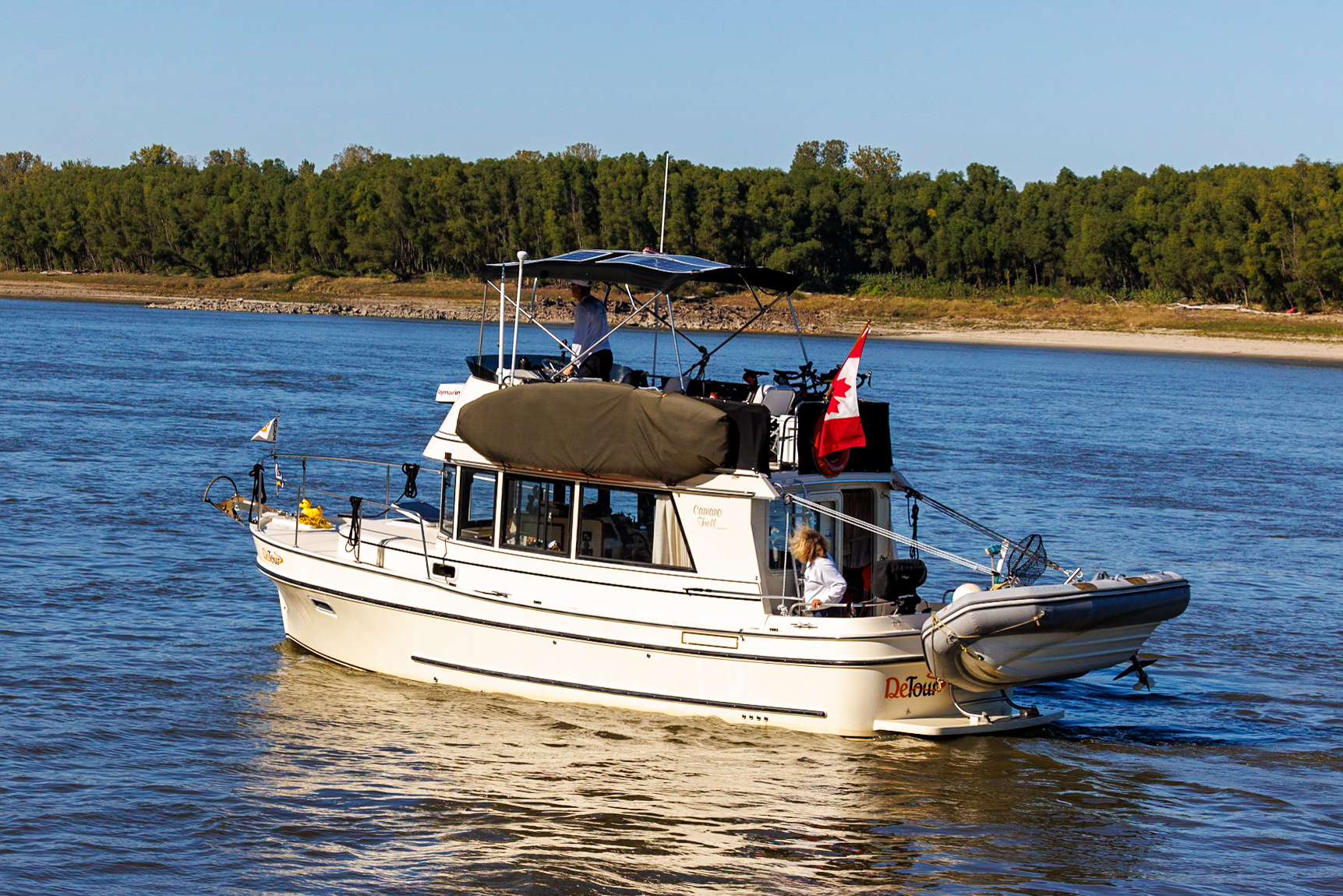
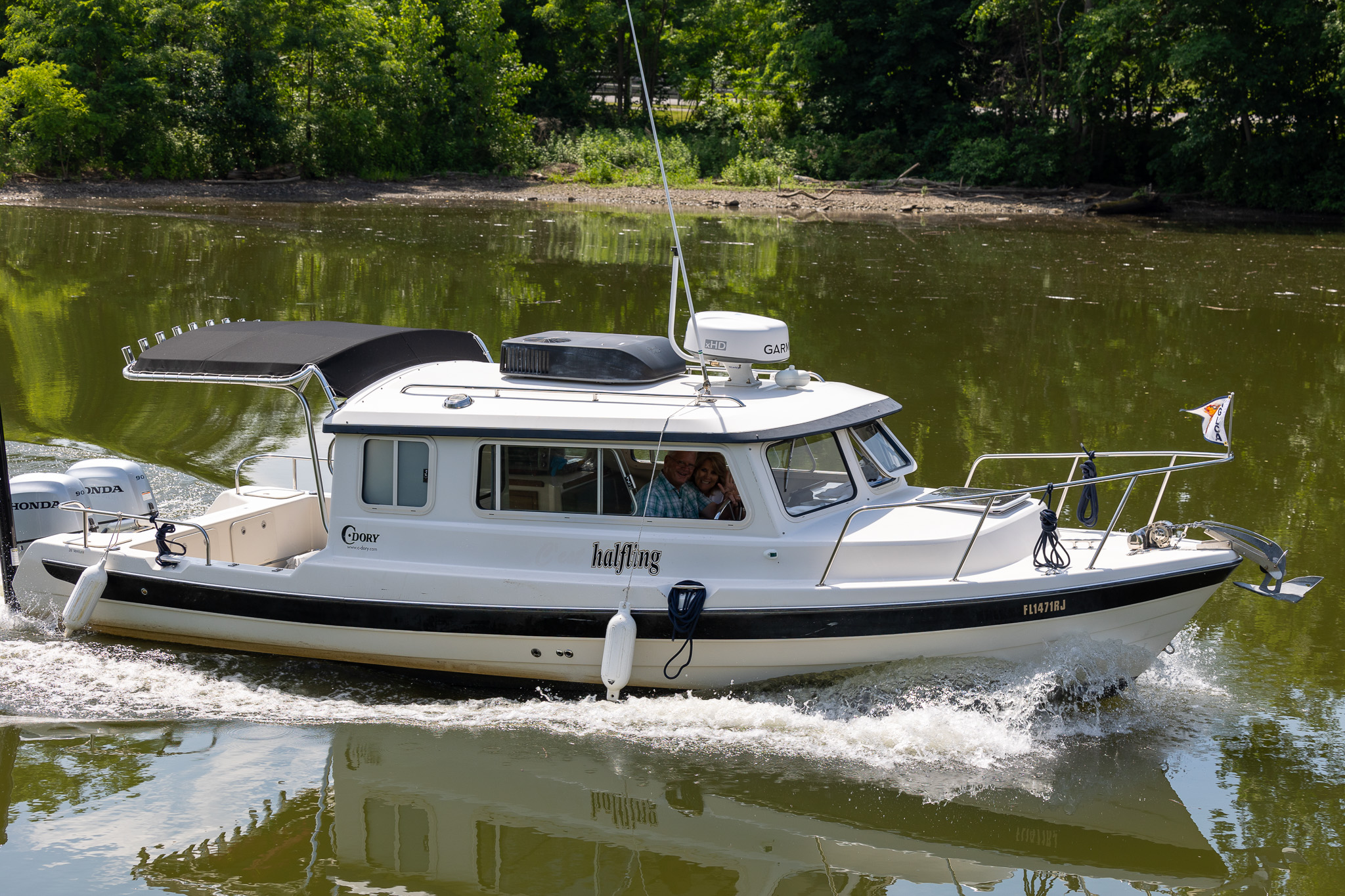
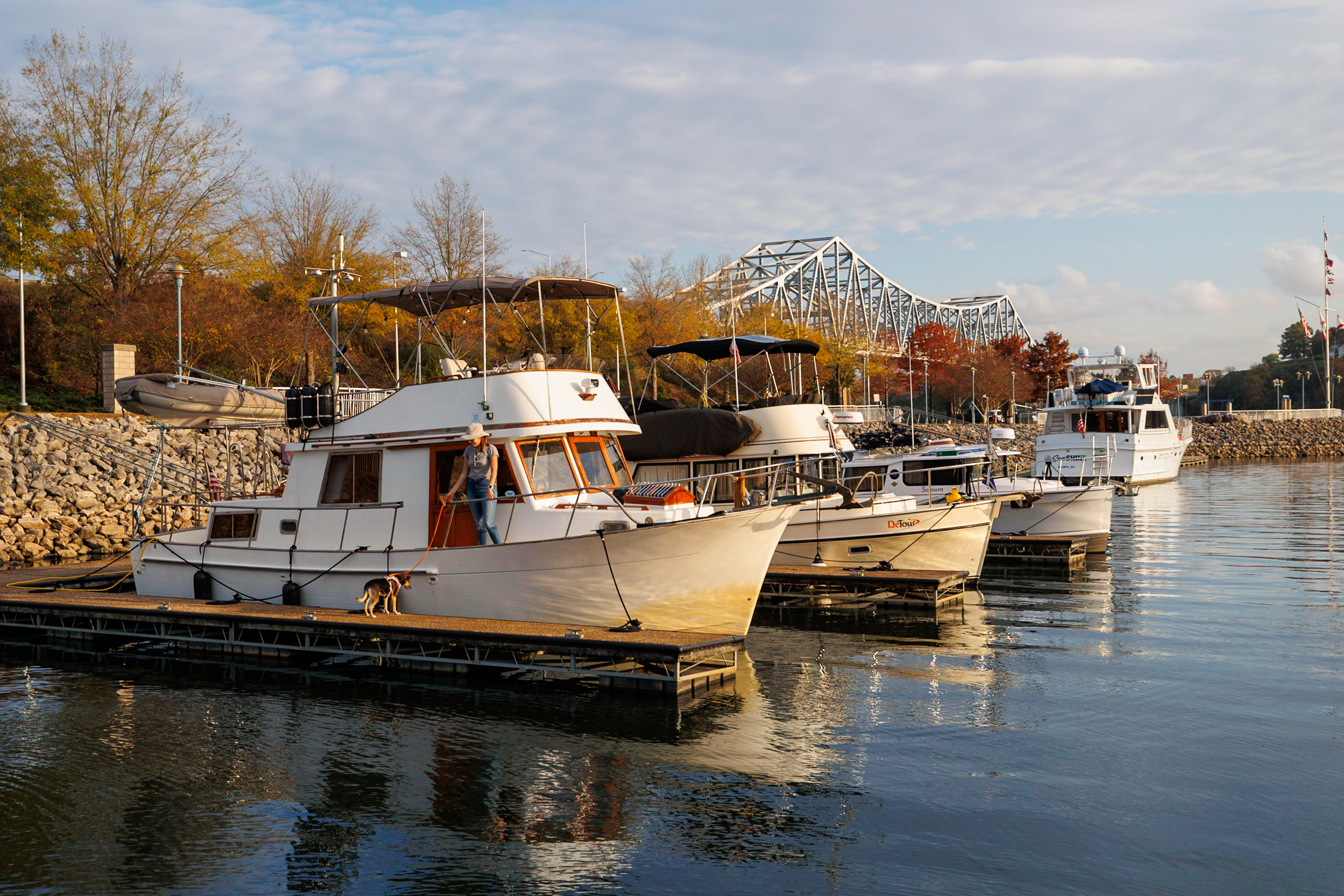
Great Loop boats vary in shape and size. Read Great Loop Boats to learn about the different types and styles of boats that complete the Great Loop!
2. Take a Boater Safety Course
Boat insurance costs can vary based on the age, size, and type of boat. Many insurance companies have discounts for taking a boater safety course. We took the Boat-Ed safety course and sent our certificates of completion to our insurance company for a discount.
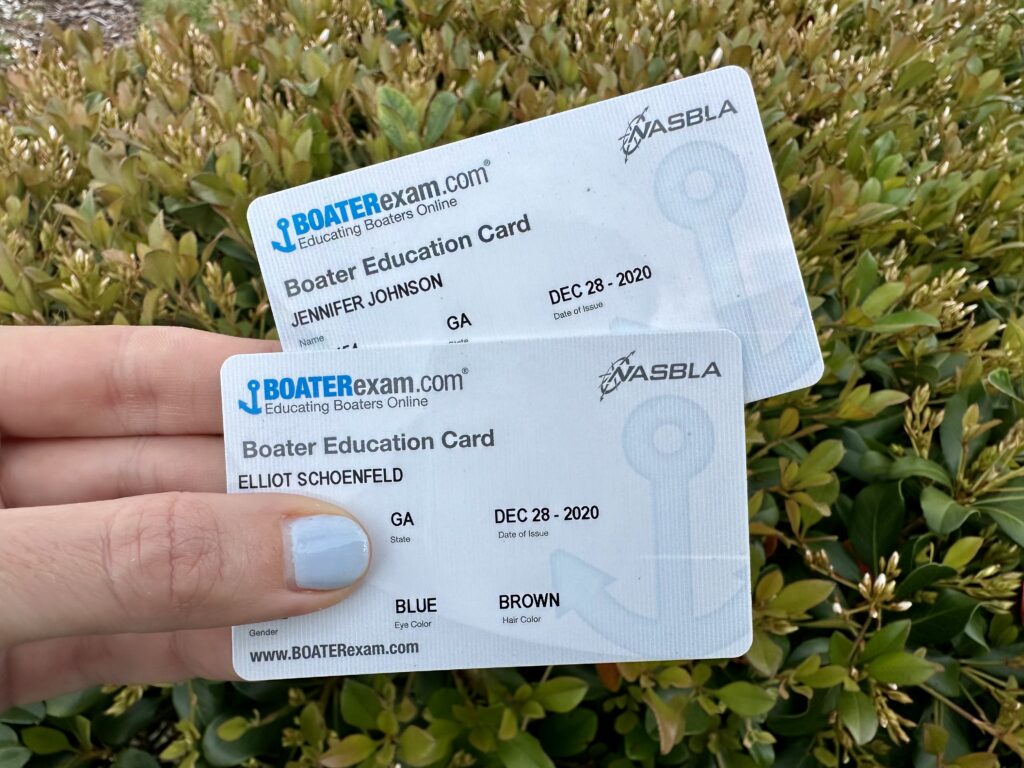
3. Invest in Solar Panels and Batteries
A little preparation goes a long way. We installed two 300 ah lithium batteries and 350 watts of solar power, which we later upgraded to 700 watts of solar power for our Great Loop trip. This initial investment of $2,500 saved us a lot of money because it allowed us to make our electricity and anchor instead of staying at marinas. The investment in upgrading our electrical system pays off in resale value unlike paying for marinas which doesn’t go back into your pocket. By upgrading your electrical system, you can skip paying for electricity at a marina if you have enough power, saving you $5-20/day at a marina. For more information, check out our Looper 101 Electrical Guide.
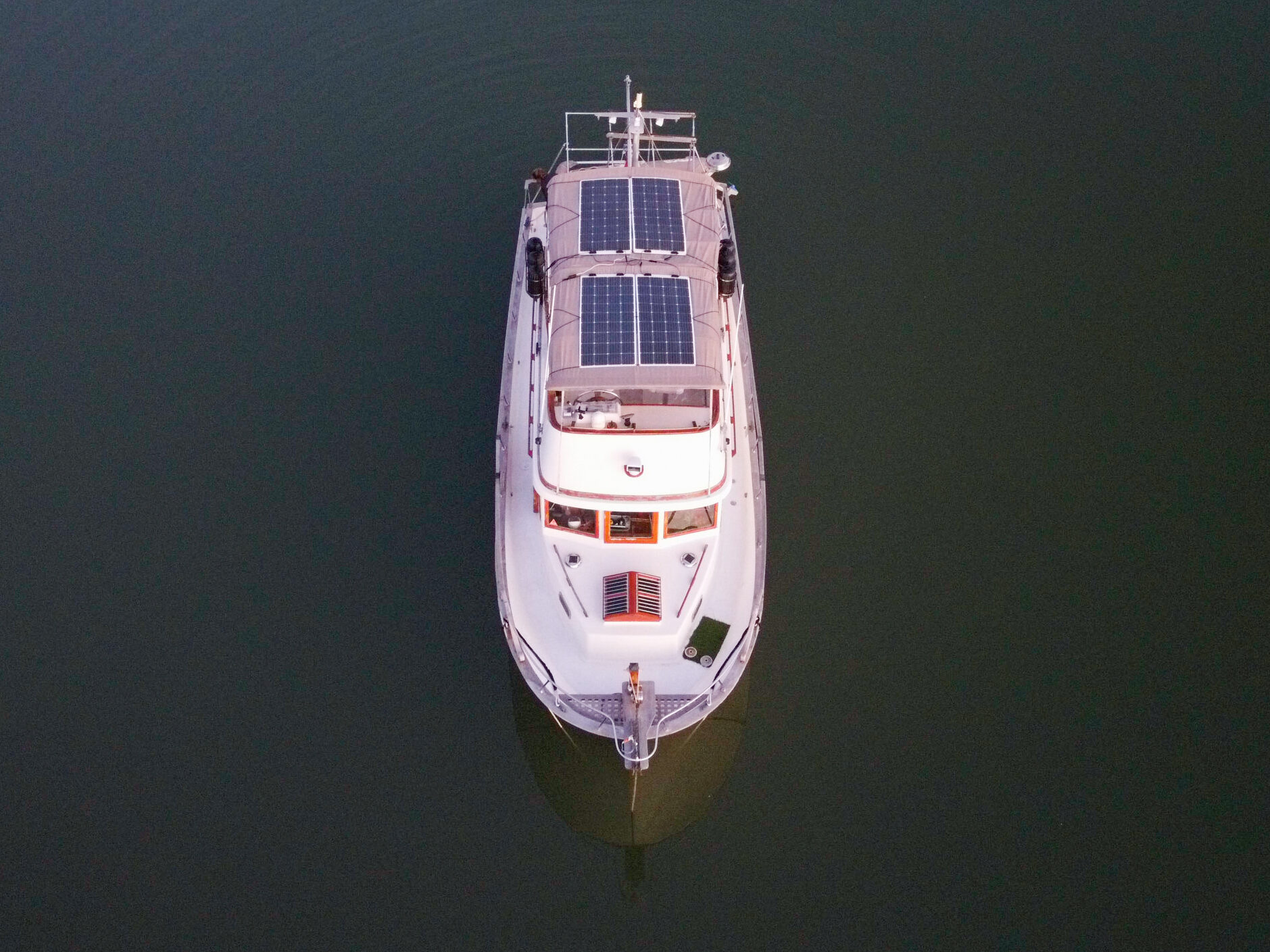
4. Do your Own Boat Maintenance
Don’t hire someone to do the routine boat maintenance aboard your boat, instead do it I yourself! Doing basic boat maintenance like changing your boat’s oil, fuel filters, water pump impellers, zincs, and more can reduce the cost of expensive mechanics. We filmed a whole video on engine maintenance in which Elliot walks you through our engine room and explains how he prepared our boat for the Great Loop.
Owning a boat comes with a lot of maintenance! Read our 9 Boat Maintenance Tips to keep your boat in ship shape!
5. Prioritize Anchoring over Marinas
Similar to upgrading our electrical system before our Great Loop, we also upgraded our ground tackle (boat anchor, anchor shackle, and bridal) that cost around $1,500. This investment gave us confidence in our ground tackle and helped us prioritize anchoring over staying at marinas to save money because anchoring on a day to basis is free compared to the cost of a marina which could run anywhere between $40-100/night. We could enjoy all of the amenities and excitement on land by having a reliable dinghy and motor to get to shore. Like our electrical system, the ground tackle equipment was an investment that we could sell with the boat, unlike marina visits with no return on investment.
If we compare a typical looper to our actual Great Loop statistics, we saved a considerable amount by staying on anchor.
| Typical Looper | Us |
|---|---|
| 40 foot boat | 34-foot boat |
| $2/foot/night for a marina stay | $2/foot/night for a marina stay *Although we often opted for less expensive marinas |
| $10/night for electric | $10/night for electric |
| 360 nights at a marina | 98 nights at a marina |
| Estimated Marina Expenses = $32,400 | Estimated Marina Expenses = $7,644 *Actual Marina Expenses = 5,830.62 |

Check out our anchoring course! We share all our tips and tricks for anchoring with confidence. Use the code “budget” for 10% off the course.
6. Shop Around when Choosing a Marina
We could save even more money in our marina budget by prioritizing anchoring over marinas in expensive locations such as New York Harbor (see #15 Member Discounts below), Chicago, and all of Florida. It’s important to shop around when choosing a marina. Call marinas to find their rate beforehand and select the marina that best suits your budget. Some marinas in big cities have mooring balls in addition to dock space. Choosing a mooring ball over a dock space can save you about half of the marina stay with most of the same amenities of the marina. During our Great Loop, we typically aimed for marinas at $1/foot but would be flexible for anything under $2/foot. We had a rule to not visit marinas in Florida because marinas often started at $2/foot which was over our marina budget. If you’re planning for a long-term stay at a marina, make sure to shop around, as some marinas offer buy 4 get 2 free, week-long discounts, or month-long discounts.
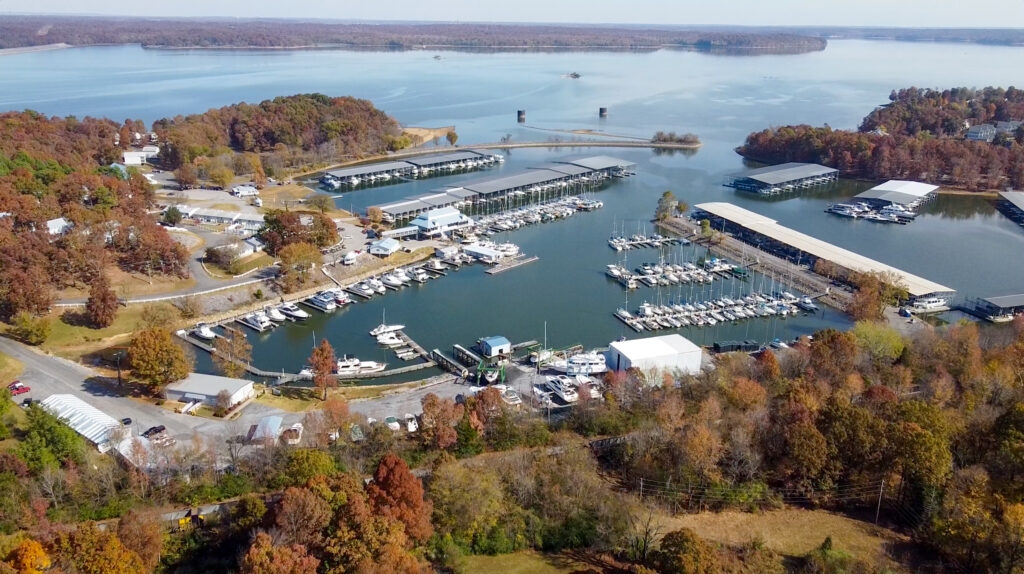
7. Cruise at a Fuel-Efficient Speed
Each boat’s engine has a different cruising speed. You can find the optimal speed for your engine in your boat’s user’s manual which shows the relationship between fuel consumption and boat speed giving you your boat’s efficiency. By slowing down and cruising at a slower speed, you’ll save fuel, which will save you money.
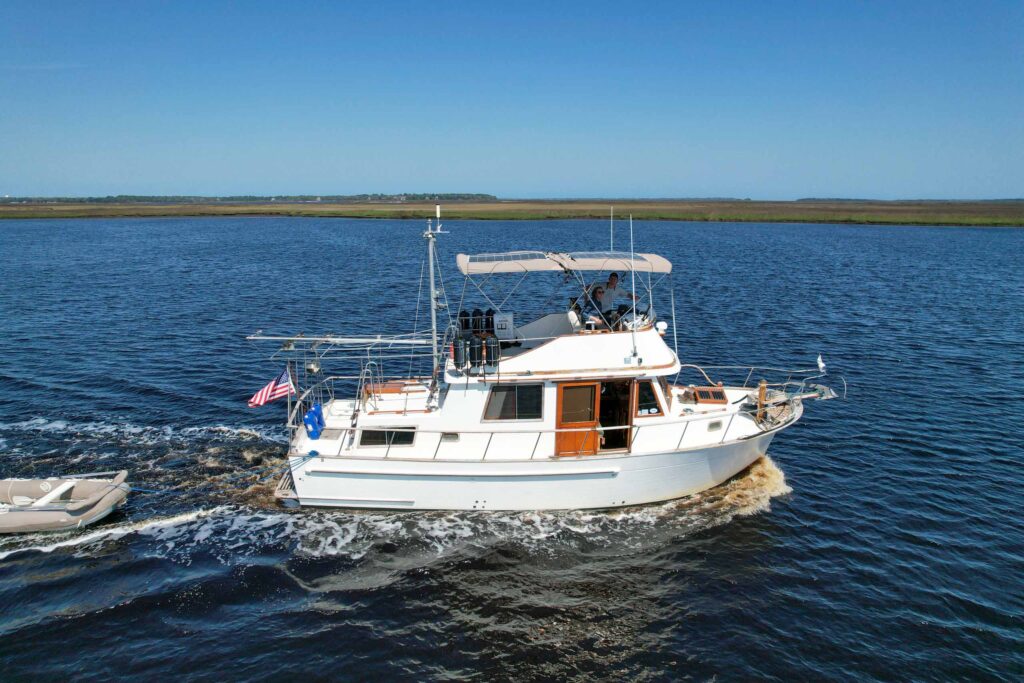
8. Utilize Free Speed
By doing a little research ahead of time on the waterways you’re cruising on, you can optimize your boat speed and save money. By learning how to use tides and currents to your advantage, you can change a 1.5-2 knot current from a disadvantage to an advantage, all by timing your cruising time. This can be free speed boosts without additional fuel! It’s one of the ways we consistently tried to optimize our fuel efficiency on the Great Loop.
9. Boat Maintenance Budget
The BOAT acronym stands for Break Out Another Thousand can quickly add up when things like essential boat maintenance items are left undone. Typically, annual boat maintenance can be estimated by multiplying the value of your boat by 10%. We found this number to be pretty accurate when completing our Great Loop. Staying on top of routine boat maintenance will help keep your boat running smoothly without major hiccups.
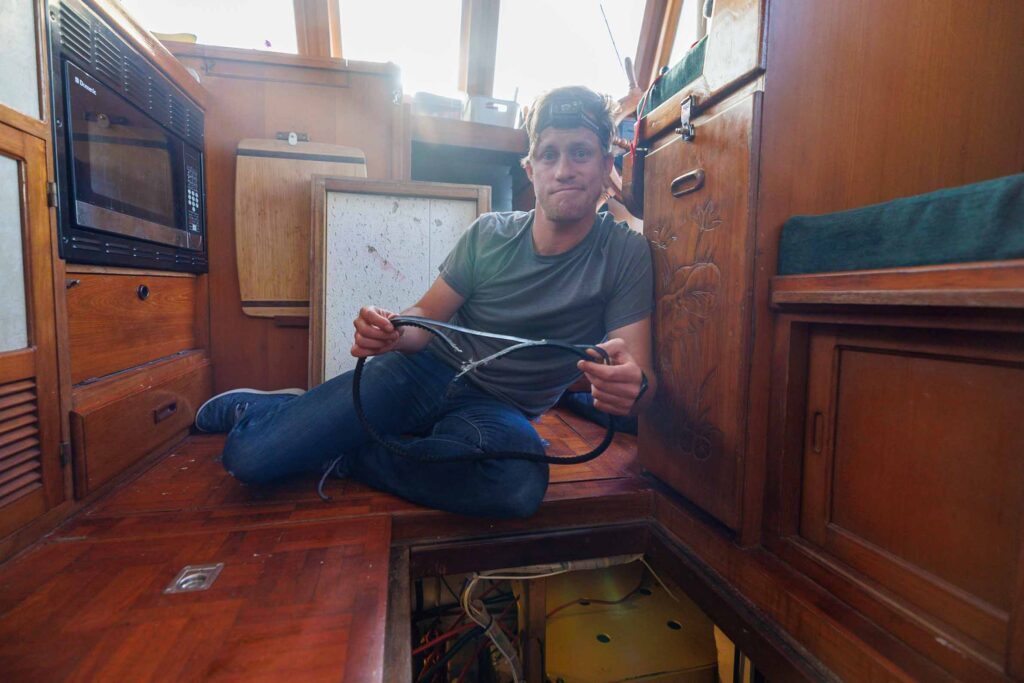
10. Choose Eating In Over Eating Out
Similar to living on land, one way to control your budget is to cook at home more than you eat out. It’s a simple concept that transfers to living on a boat. When thinking of this great adventure of a lifetime, it’s advantageous that you’re traveling with your home (i.e. your boat) for the entire trip giving you 24 hour access to a kitchen. The ramen noodles (or rice and beans) vs oysters diet (or another expensive meal out) can quickly add up. A dinner out can easily be twice the price of something you cook on your own boat.
When eating out, consider sharing a meal between two people. You won’t have leftovers that may or may not fit inside a small fridge on your boat, and you’ll save money too. You can also try new restaurants for lunch over dinner, which typically have cheaper prices.
11. Budget Friendly Drinks
Whether you drink alcohol or not, sundowners and docktails are a part of the cruising culture. By prioritizing your budget, you can enjoy happy hour with your fellow boaters, cruisers, and loopers on a budget. Skip drinks out at restaurants and bars and instead enjoy drinks made in the comforts of your own boat for sundowners or dock tails. If you’re traveling to Canada, purchase alcohol ahead of time for personal consumption as prices tend to be higher in Canada.
12. Research Fuel Prices Before You Buy
Fuel prices can drastically range depending upon the region you’re boating in. We found taking five minutes to do a quick Google search for the best diesel prices on Waterway Guide and Cruisers Net really paid off since each time we purchased fuel, which was about once a month, costed anywhere between $500-$1,000. If we saved $0.15/gallon of fuel, it added up to $45 per fill-up. When researching fuel prices, be sure to look at whether tax is included or not. That can affect your overall fuel prices by several cents when filling up 150 gallons. By doing our homework and searching around ahead of time, we can avoid high fuel prices and can rest assured that we’re getting the best price available.
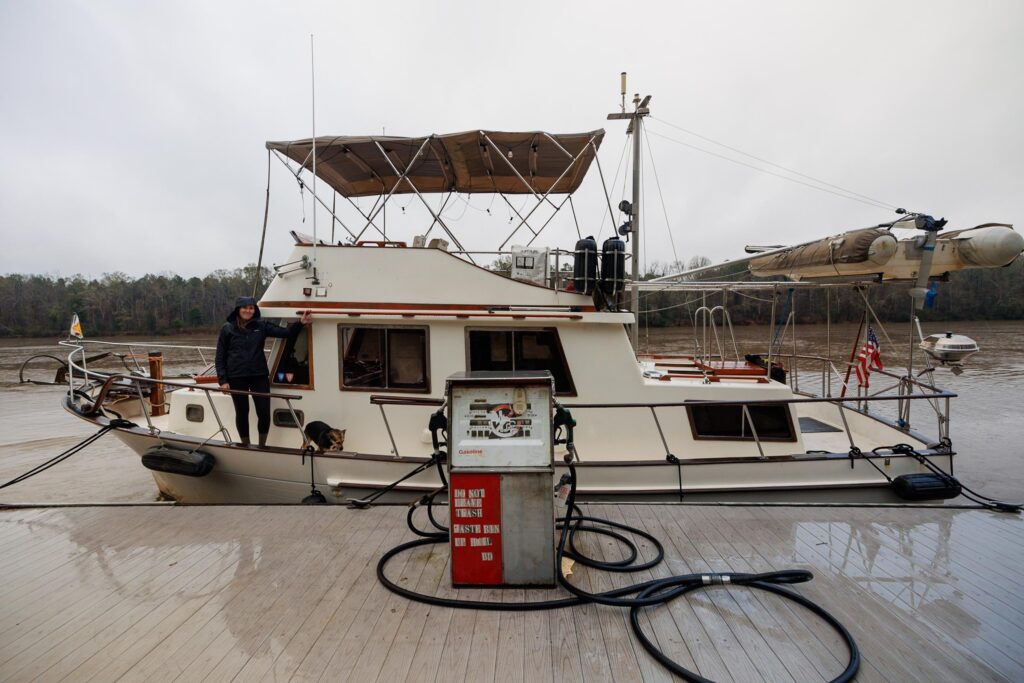
13. Ride bikes instead of Uber
There are many different ways to get around the towns you visit by boat, including walking, riding a bike, taking an Uber or Lyft, or using public transportation. Purchasing bikes before your trip will extend your range from 1 mile (average walking radius from a marina or public dock) to 5 miles (average biking radius from a marina or public dock). You can also check your local bike shop for used bikes, making it much more affordable. Walking is a great way to do it if you don’t have bikes. If a grocery store were within walking distance, we often would split the difference by walking to the grocery store with our bags and backpacks, then request an Uber to take us with our groceries back to a boat ramp. That helped reduce our Uber needs down to half.
14. Purchase Canal Passes Ahead of Time
Are you planning on traveling to Canada on the Rideau and Trent Severn Waterways? If you purchase a season pass by March 31st of the year you want to visit, you can save 20% on seasonal lockage permits and receive 10% off on a mooring permit when you buy both permits! During the time of our Loop in 2022, Canada was not guaranteed to be open, so we opted not to pay for a pass ahead of time just in case the borders remained closed. Now, we would definitely purchase a pass ahead of time!
15. Use Member Discounts
The America’s Great Loop Cruisers Association (AGLCA), Marine Traders Owners Association (MTOA), and BoatUS offer discounts to participating marinas for fuel, overnight stays, rental cars, cruising guides, and more. Of course being a member of costs an annual fee, but using their discounts gets you access to countless resources and discounts. We were members of AGLCA which helped us get dockage discounts at the Statin Island Yacht Club, fuel discounts in Panama City Beach, and more!
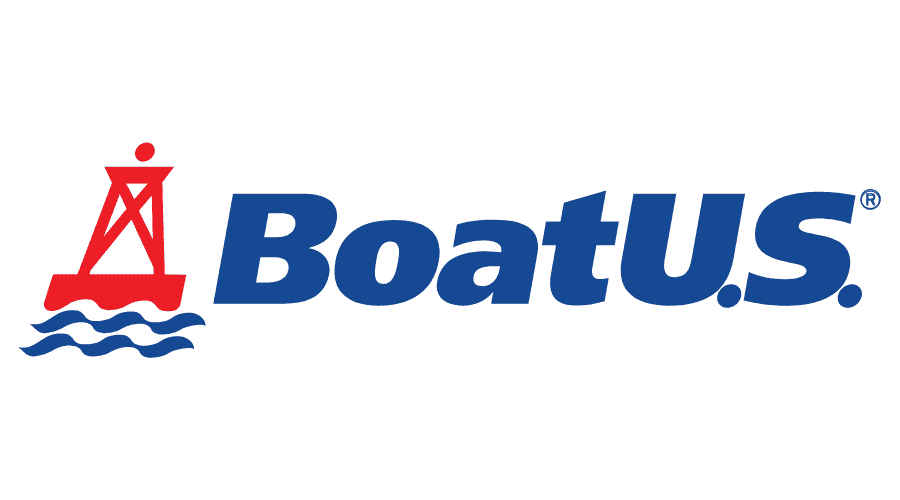
We used BoatUS to have peace of mind while cruising, knowing help was only a radio call away. Sign up for BoatUS here!
One Year of Boating Expenses
From March 2022 through February 2023, we traveled 6,000 miles on America’s Great Loop as full-time cruisers. Since we were on a tight budget, we tracked all our expenses. We spent just over $40,000 USD on our trip. The journey took us 11.5 months, but for consistency purposes, we tracked our detailed expenses for all 12 months. Some loopers complete their loop on a tighter budget and many loopers who complete their loop with a much larger budget. Finding the right budget for you is key to boating on a budget.
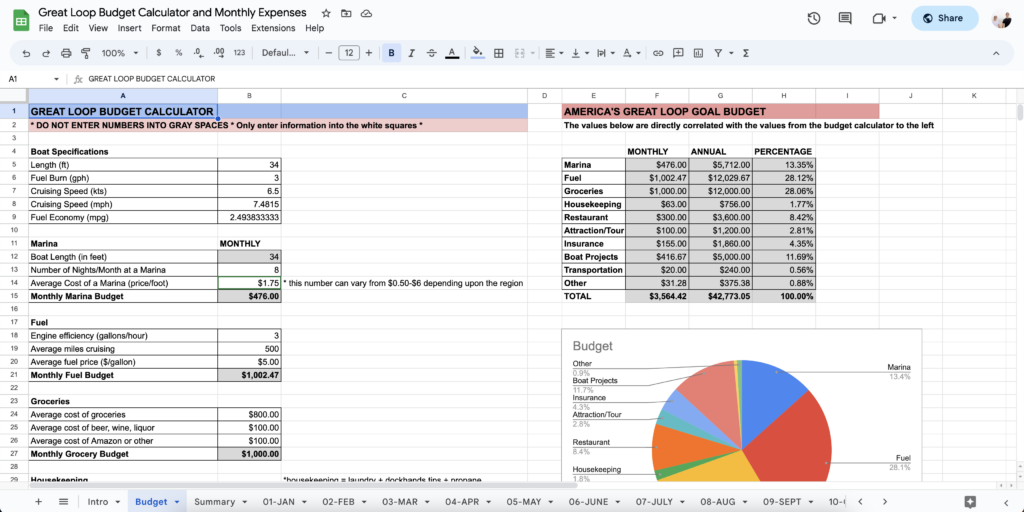
Check out our Great Loop Budget Calculator to help you plan your Boating Budget!
Additional Resources
There are a few resources available for boaters on a budget. Lin and Larry Pardey’s book Cost Conscious Cruiser: Champagne Cruising on a Beer Budget is a great example.
Conclusion
Overall, we recommend being flexible when it comes to boating on a budget. Some months will be higher than others due to unforeseen boat projects, boat maintenance, or more expensive regions. Being flexible is key! Our biggest strategy for saving money on the Great Loop is to anchor out as much as possible. It’s the one way to reduce an expense completely. We ultimately tried to stay under our budget, so when the big expense months came in, we had the flexibility to pivot.
Watch on YouTube
Save for Later
Save this to Pinterest to read again later!












Leave a Reply